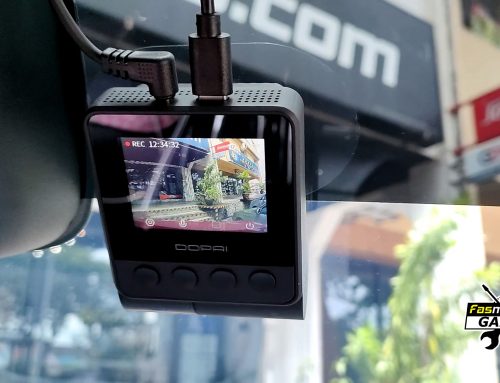Whenever you come across an audio system, you’re bound to bump into the word equalizer.
I’m sure many already know what it means, but I also believe many are either unsure or know very little about equalizers and if you should have one. And more importantly, what function does it serve and do you need it. To get started on this subject, I guess its best to start from the word ‘Equalizer’.
A quick search on Wikipedia brings up this:
-
Science and technology - Equalization, the process of adjusting the strength of certain frequencies within a signal.
-
Equalization (audio), frequency-dependent processing of audio signals.
-
An Equalizer (communications) used in telecommunications.
-
Equalizer (mathematics), the solution set of an equation.
-
A term sometimes used to describe a whippletree
‘Equalization (audio), frequency-dependent processing of audio signals’
This is what we are after. So, from that, we can gather that equalizer, in our context refers to hardware or software that carries out such functions.
Understanding Audio Equalization
Equalization is basically the process of adjusting the loudness of specific range of frequencies, and this can be done with software or hardware which we refer to as Equalizer or EQ for short.
Why would you want to do that?
The reason behind audio equalization is due to the nature of audio signals. Sound travels around by bouncing around surfaces, and this can sometimes be rather unpredictable. For example, if you were to shout in an open field, versus in a cave, it would sound different right? Same goes for speakers. When you put them in different locations and surroundings, the resulting sound will be different. So, with an equalizer, what an audio engineer could do, is adjust the loudness of a range of frequencies so that any spikes or dips in the audio signal can be compensated for.
Another reason behind equalization is also aesthetics. We all have different preferences when it comes to sound. What sounds good for one person, may not be for another.
Choosing an Equalizer
Firstly, you have to look if you already have one built in to your current receiver. Some basic one consist of just treble and bass. Some has an additional mid control. These are the more common ones available in basic car stereos. In more advanced models, you may find up to up to 30-band EQ’s. These allows for the user to fine tune the tones even further. I’d suggest you play around with the controls and see if you can achieve the sound to your liking. If you find the controls are insufficient, then you probably would need to consider an additional external EQ.
There is a vast array of EQ’s in the market and you have to decide what will suit you. Consider your audio setup (or what you would like it to be). EQ’s come in all shapes and sizes, but here are some common features you may want to look into.
1. Number of bands
2. Fader
3. Built-in Line Driver
4. Subwoofer output
5. EQ Preset Memory (Digital EQ’s)
6. Parametric/Graphic
There are also EQ’s or sound processors that come with a whole range of added features for advanced users. For example, Zapco has an entire series of amplifiers with built in sound processors.
Summary
So, do you need an EQ? Yes, if you do not have one at all. But if you do, I’d suggest you tinker about with your system and see if you are satisfied. If you are, then that’s it. Jobs done. But if you feel that some frequencies are too harsh, some to mild, and the existing controls just doesn’t cut it, then I’d say go ahead and get one. Don’t get one for just the sake of having one. We should all be smarter than that.
Check out what we have in our stores.
Resource
- http://en.wikipedia.org/wiki/Equalizer
- http://en.wikipedia.org/wiki/Equalization_%28audio%29
- http://www.soundonsound.com/sos/1995_articles/mar95/eq.html







